Complying with OSHA’s Periodic Inspection Requirement for Lockout Tagout
The only constant is change, and lockout tagout is no exception. Machines move or are replaced. Conditions change. Employees come and go. Any of these factors can make lockout tagout procedures outdated, inaccurate or harder to follow. OSHA requires a periodic inspection of each energy control procedure in your facility at least annually to ensure:
- Procedures are properly implemented
- Employees are familiar with their responsibilities
- Deviations, deficiencies or inadequacies are observed and corrected
Understand what OSHA mandates, exceptions they make and how to comply with the requirement with helpful tips and solutions from Brady.
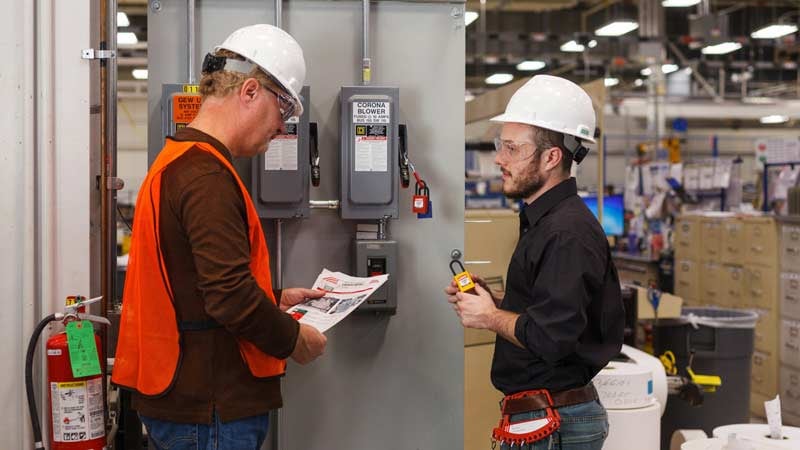
The two components of OSHA’s periodic inspection requirement
There are two main components to OSHA Standard 1910.147(c)(6)(opens in a new tab): inspection and review of each equipment specific lockout tagout procedure. At least two people will be involved, both of whom must be authorized employees:
- Inspector – an authorized employee other than the employee(s) carrying out the procedures being inspected (1910.147(c)(6)(i)(A))
- Demonstrating employee(s) – authorized employee(s) responsible for performing the servicing and maintenance using the lockout/tagout procedure
-
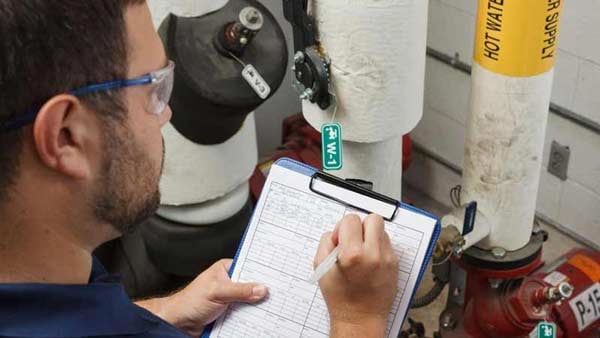
Procedure adequacy inspection
During the procedure adequacy inspection, the inspector will review a procedure to determine if it’s adequate to enable successful completion of lockout tagout. If not, the inspector must document what modifications are needed. Brady’s Procedure Audit Service helps facilities across the U.S. with this step.
-
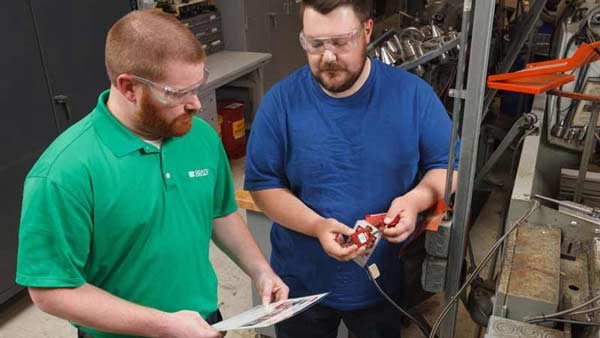
Employee competency review
The employee competency review is accomplished when the inspector observes a demonstration of the procedure by the authorized employee(s) responsible for locking out equipment during servicing or repair. The inspector will confirm that the procedure steps are being followed and that the employee(s) understands their responsibilities under the procedure. For tagout-only procedures, the inspector’s review must extend to affected employees as well (1910.147(c)(6)(i)(D)). These reviews may be accomplished through random audits, plant safety tours or planned visual observations. Any employee’s failure to successfully demonstrate the procedure requires retraining.
OSHA makes exceptions to help save time while remaining compliant
Dozens of authorized employees responsible for locking out multiple machines can quickly become a periodic inspection nightmare. OSHA's compliance directive CPL 02-00-147(PDF opens in a new tab) carves out exceptions for similar equipment and employees when certain criteria are met.
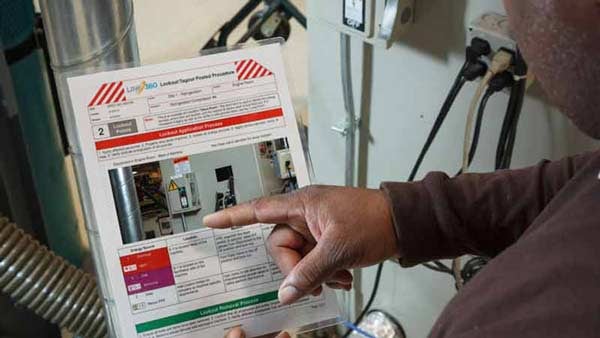
Grouping by similar equipment
According to the OSHA directive, "An employer may group distinct procedures associated with similar machines or equipment and consider the group of distinct procedures to be a single procedure for purposes of conducting a periodic inspection." This is allowed provided the procedures have the same:
- Intended use
- Procedural steps for shutting down, isolating, blocking, securing and dissipating stored energy
- Requirements for testing to verify effectiveness of LOTO devices and control measures
For example, if an employee is responsible for working on dozens of air handling units, he/she may only need to be observed carrying out a procedure on one unit.
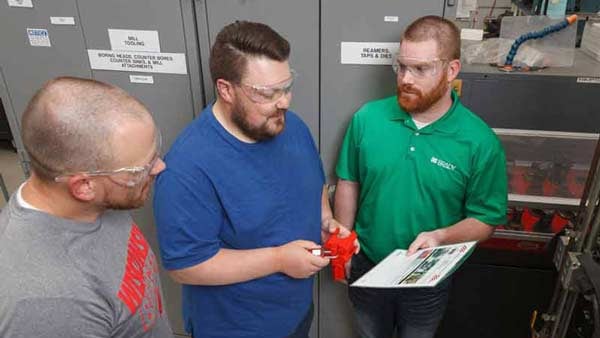
Grouping by large numbers of authorized employees
Similarly, OSHA may not require observation of every employee for every procedure. If an employer elects to group procedures as described above, they may then inspect a representative number of such employees implementing one procedure within each group.
Be aware of a waterfall effect with these exceptions. That is, if an issue is found with a procedure used to represent a grouping for inspection purposes, you’ll need to resolve the issue with all similar procedures represented by the group. Exceptions vary based on your circumstances and should be evaluated on a case-by-case basis.
Document, document, document
As with any regulatory tasks, documentation is critical. It becomes even more important when dealing with the ambiguity in the exceptions for grouping equipment and employees detailed prior. To complete the periodic inspection, OSHA requires employers to certify that they’ve been performed (1910.147(c)(6)(ii)(opens in a new tab)). Required information includes:
- Equipment/machine ID
- Date of inspection
- Employees involved in the inspection
- Person performing the inspection
How Brady can help
A team of experts at your service
For those with limited time or resources, Brady’s Safety Services Team is trained and ready to perform the procedure adequacy inspection step through our Procedure Audit Service. Leave the hassle to our dedicated team of experts trained and ready to ensure your procedures are in compliance.
Software designed for the hands-on lockout pro
LINK360® Safety Software and the Smart Lockout App give you all the tools to complete your periodic inspection requirements on your time, in your way. Take advantage of cloud-based tools and templates that enable you to:
- Complete periodic inspections using a step-by-step process
- Capture the documentation requirements
- Run reports of detailed inspection records

